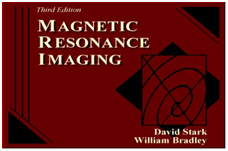The effect of exposure to pulsing electromagnetic fields on migraine activity was evaluated by having 42 subjects (34 women and 8 men), who met the International Headache Society's criteria for migraine, participate in a double-blind, placebo-controlled study. During the first month of follow-up, 73% of those receiving actual exposure, reported decreased headaches (45% substantial decrease, 14% excellent decrease) compared to half of those receiving the placebo (15% worse, 20% good, 0% excellent). Ten of the 22 subjects who had actual exposure received 2 additional weeks of actual exposure, after their initial 1-month follow-up. All showed decreased headache activity (50% substantial, 38% excellent). Eight of the subjects in the placebo group elected to receive 2 weeks of actual exposure after the initial 1-month follow-up with 75% showing decreased headache activity (38% substantial, 38% excellent). In conclusion, exposure to pulsing electromagnetic fields for at least 3 weeks is an effective, short-term intervention for migraine.Sherman R. et.al. Orthopedic Surgery Service, Madigan Army Medical Center, Tacoma, WA, USA.












